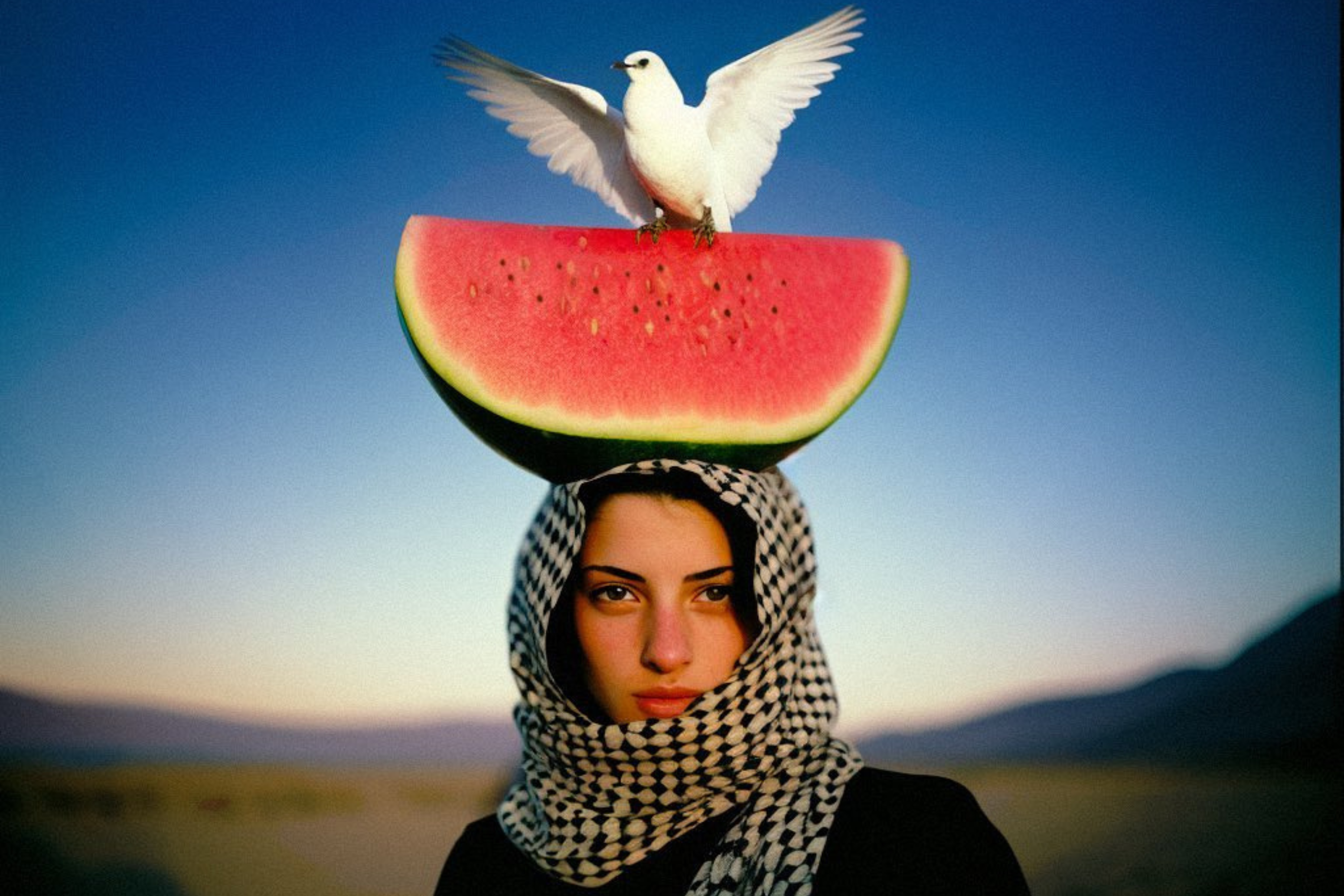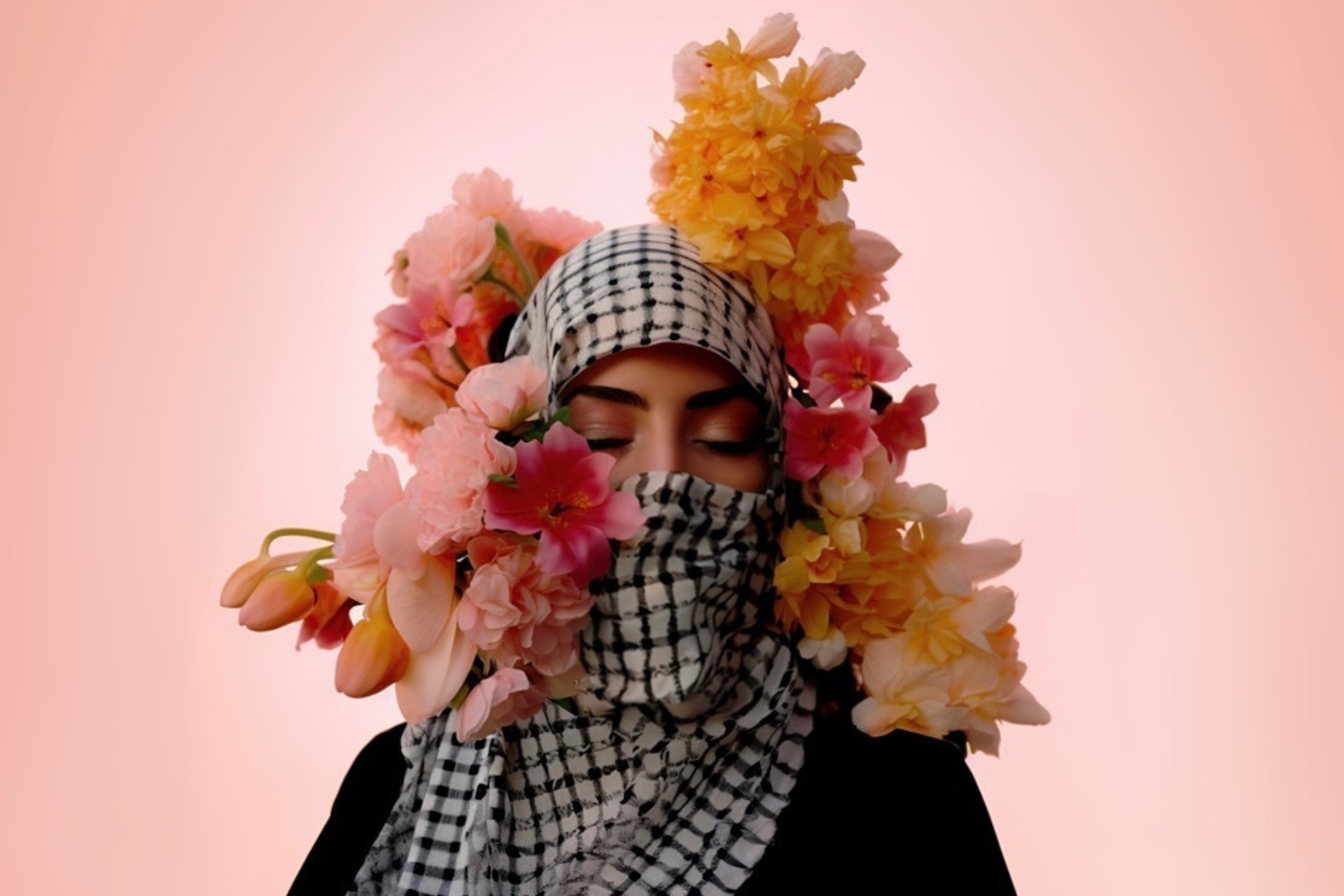In a poignant piece for GRAZIA’s 8th print edition “Cultural Exchange”, Sherine Tadros, author of Taking Sides and the Deputy Director of Advocacy and Representative to the United Nations for Amnesty International, explores the fundamental human right to culture and community.
The right to life, the right to an education or to not be discriminated against. When we think of human rights we tend to think about social and political rights directly relevant to our everyday lives.
But there is another human right that is just as fundamental to our existence – the ability as human beings to enjoy and express our culture freely.
I grew up in London with parents who had just immigrated from Egypt. When I think about my childhood, my very earliest memories are all linked to Middle Eastern, and particularly Egyptian Coptic, traditions; Church service every Sunday morning, the smell of vegetables cooked in a deep red salsa, my living room covered in small figurines of a blue-eyed baby Jesus and his mother Mary and my father chatting away in Arabic on the phone to his family in Egypt. These seemingly small aspects of life distinguished me from my British friends, and they were intrinsic to how I grew up and the person I became. Our ability as a family to express our culture and traditions, and be part of the small Coptic community in London, grounded my parents and gave me a sense of my identity and all of us a comfort and safety we would otherwise not have had.
It was only when I felt this expression was under attack, with the backlash and wave of racism against immigrants in the UK in the 1980s and 1990s, that I truly appreciated what it was to hold these sacred traditions and to have the freedom to exercise them. The discriminatory policies and culture mocking faced by communities that I witnessed under anti-immigration governments spurred what would become my life’s mission to call out and try and fix such injustice.
At the heart of these policies was an attack on my and the community’s basic right to express our culture freely. Indeed, there is no official definition of cultural rights but according to the United Nations, “Cultural rights protect the rights for each person, individually and in community with others, as well as groups of people, to develop and express their humanity, their world view and the meanings they give to their existence.”

The right to “freely participate in the cultural life of a community” is also ensured in Article 27 of the Universal Declaration of Human Rights, or UDHR. Exactly 75 years ago, after the atrocities of World War Two and the killing of millions of Jews and other minorities during the Holocaust, states came together and decided that the only way to ensure that this doesn’t happen again was to have a list of indivisible rights that every person in the world is entitled to, just by virtue of being human. The UDHR became the guiding document of individual rights and freedoms that states agreed to uphold and protect always.
As a Middle East correspondent for almost two decades, I witnessed this attack on cultural rights first-hand as well as the resilience of people to resist them. This isn’t just about the destruction of old or famous artefacts and sites. In fact, as journalists much of our work on the ground to bring you stories of those caught up in war and conflict relies on culture as a way to connect viewers to the people we are reporting on. It’s the essence of humanising our characters, invoking familiarity and even empathy.
One of the first wars I covered as a reporter was the 2008-2009 war in the Gaza Strip. The story I remember the most wasn’t about death and destruction but about spending the day with a single mother called Reema and her children as they went about their day trying to stay safe at home during the bombardment. It was through explaining how they did this – the nursery rhymes they sang, bedtime routine, what they had for dinner – that I tried to show the points of connection between this mother and people at home watching in different countries around the world who didn’t even know where Gaza was.
As we look around the Middle East today, and particularly what is happening again in Gaza right now with the ongoing bombardment, we see this fundamental right to culture being trampled on and denied to millions. It may not be the first concern for many especially as civilians are being killed and their homes destroyed, but it is also vital.
In Syria, almost every heritage site has been destroyed and millions of people displaced as communities have been torn apart by the war. At least four heritage sites have been used for military purposes or transformed into battlefields: Palmyra, the Crac des Chevaliers, the Saint Simon Church in the Ancient villages of Northern Syria and Aleppo including the Aleppo Citadel. The International Committee of the Red Cross has said that this destruction has grave effects on Syrian identity and history, and has damaged the foundation of society for many years to come. Damascus was one of my favourite cities when I was a journalist. I used to love walking around the Old City, which is one of the oldest continuously inhabited cities in the world, and still remember the sights and smells that were so unique to the area. It’s a tragedy to think what has happened in the last few years, the destruction of such rich history.
I also reported from Yemen right at the start of the Saudi war in 2015, landing in the capital Sanaa just as a missile had struck a neighborhood in the Old City. I recall standing in a crater that was once someone’s home inhabited by generations of the same family. Sanaa’s Old City houses more than 100 mosques and thousands of homes like the one that was hit that day. In fact, bombing raids has damaged dozens of homes, most of the ancient alabaster windows have broken from the force of the bombings and the ancient mosque, Qubbat al-Mahdi in old Sanaa has also been damaged. Reporting from Yemen over the years I saw first-hand how the war affected communities – tens of thousands of people forced to flee, daily lives upended and some of their traditions generations in the making forced to come to an end.
As we speak the war in Gaza is displacing hundreds of thousands of people. These are Palestinians many of whose communities were already torn apart in 1948 and who had come to Gaza to rebuild. Now, we are making refugees of refugees. Despite the depiction of Gaza as a sad place with no community, it is not. I spent a lot of time there between 2009 and 2012, just as Israel began its blockade. Life was hard, basic things like fuel and food were drip-fed to the population, but despite this the young population there found ways to make the best with what they had, build communities, go to school to try and better themselves, form clubs and societies, go to mosque or church, play sports on the beach and on the streets.

Even that way of life is now under attack. Neighbours who used to see each other and smoke a shisha every night have been forced to flee or killed. Places of worship that would bring people together as a collective meeting point demolished. Sports fields bulldozered over. The small reprieve that Gazans had from the blockade through gatherings, sharing meals and social events, have been forced to a startling halt. Their rights to these basic enjoyments and expressions violated with seemingly no end in sight nor accountability.
History is sadly littered with threats of extinguishing a culture. It was the ethnic cleansing of Jews during the Holocaust that precipitated the writing of the Declaration of Human Rights and therefore it is no wonder that at the heart of the document is the intrinsic and basic right to possess and practice traditions and culture freely. The idea by those who wrote the Declaration was that by acknowledging and protecting those values, we could avoid another such attack or genocide.
Decades later, this very right is needs protection more than ever before. Leaders around the world seem to have forgotten their commitments under the Declaration. They turn a blind eye to the destruction in Syria, violations in Gaza, and attempts by authoritarian leaders to get rid of entire communities of people.
Yet, with this onslaught, people in the region have found ways to continue their way of life and hold on to their sense of community – even if they have to export them to different countries to survive. Generations may be forced to move again and again, but they take with them their traditions because holding true to them is a form of defiance in itself. Indeed, for some people, these traditions and expressions of culture may be the only things that survive the war and conflict in their homelands.










